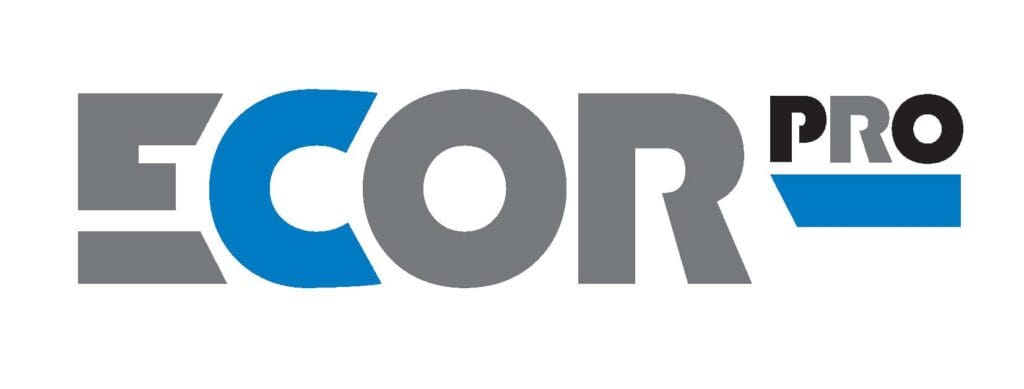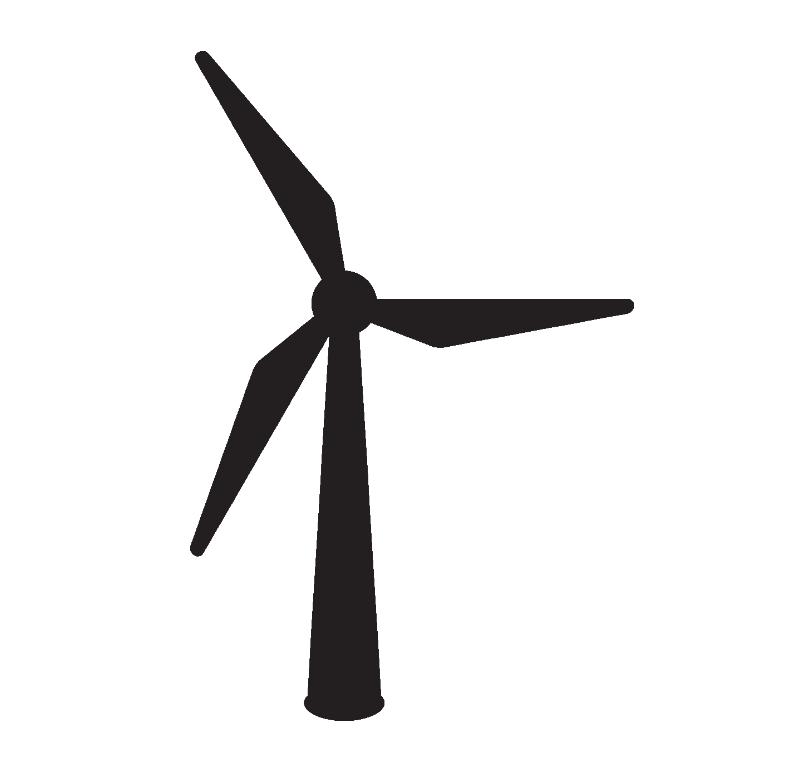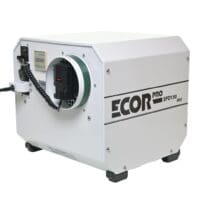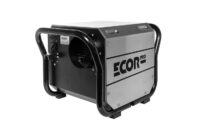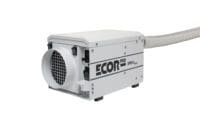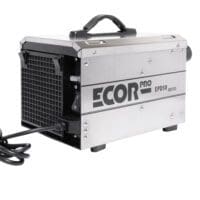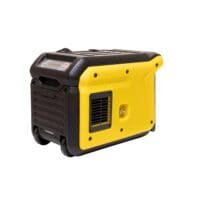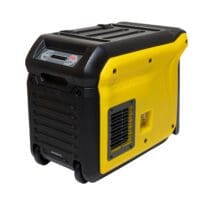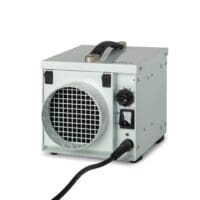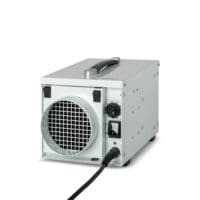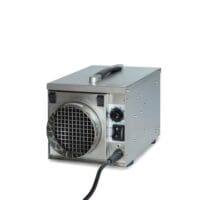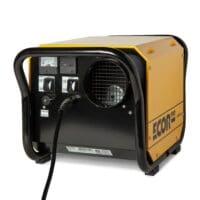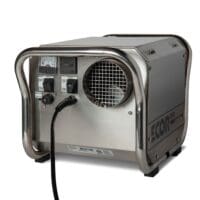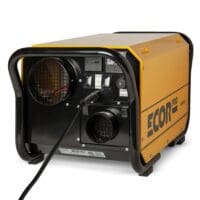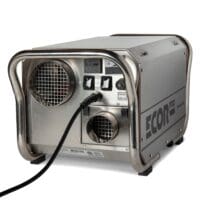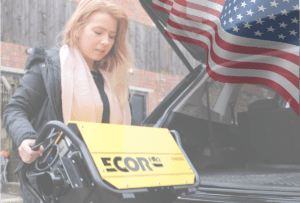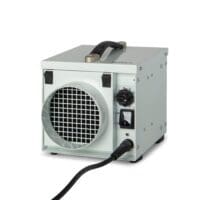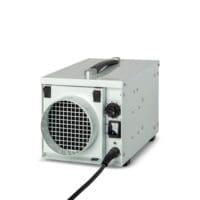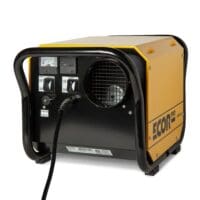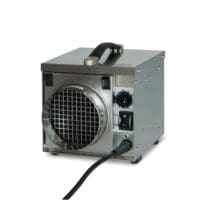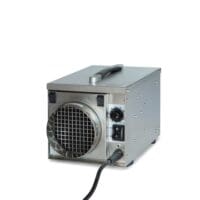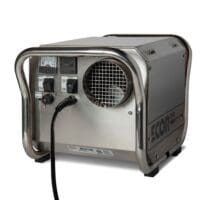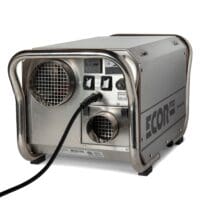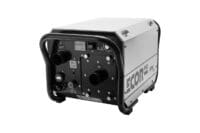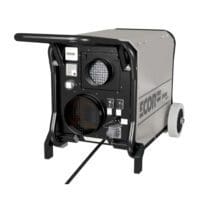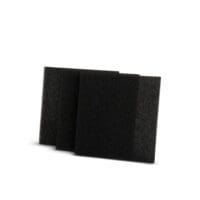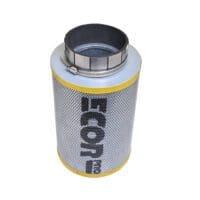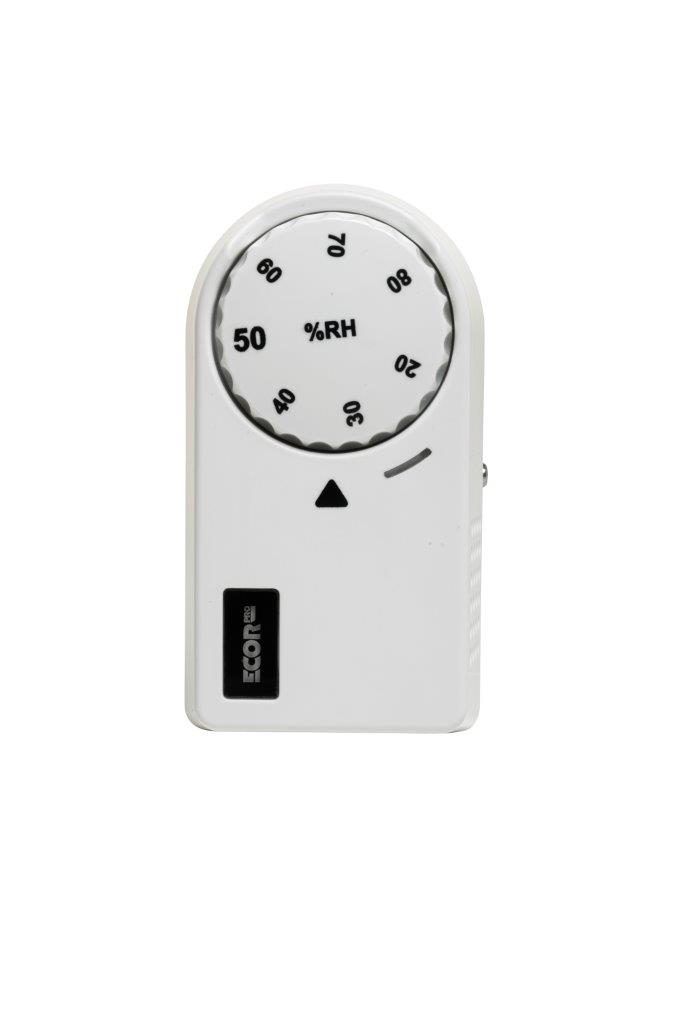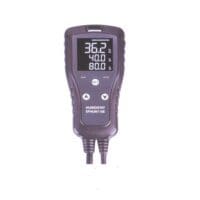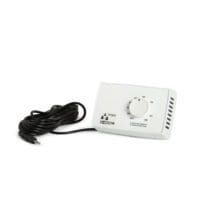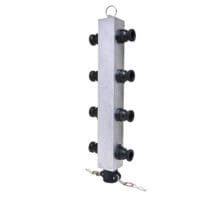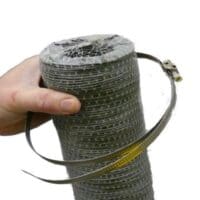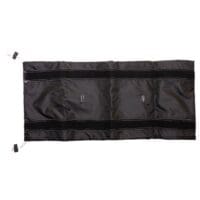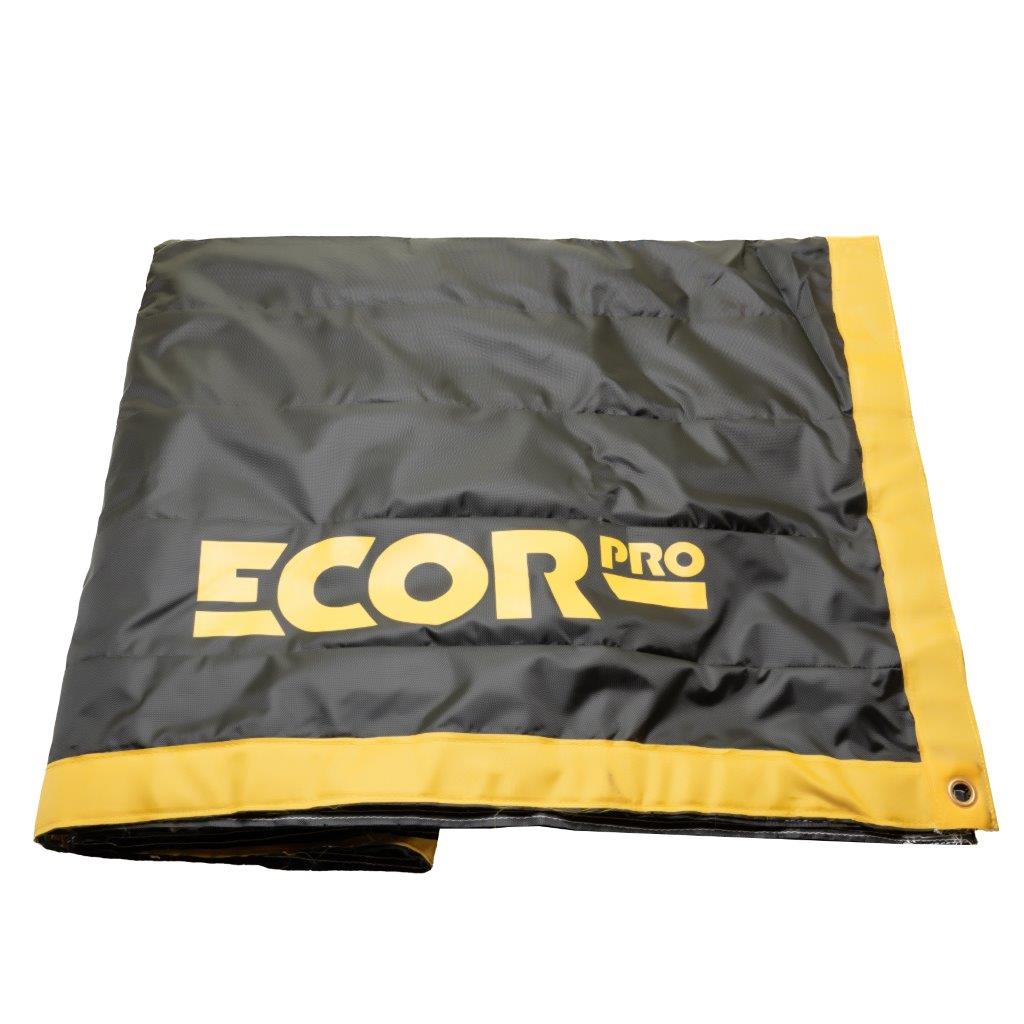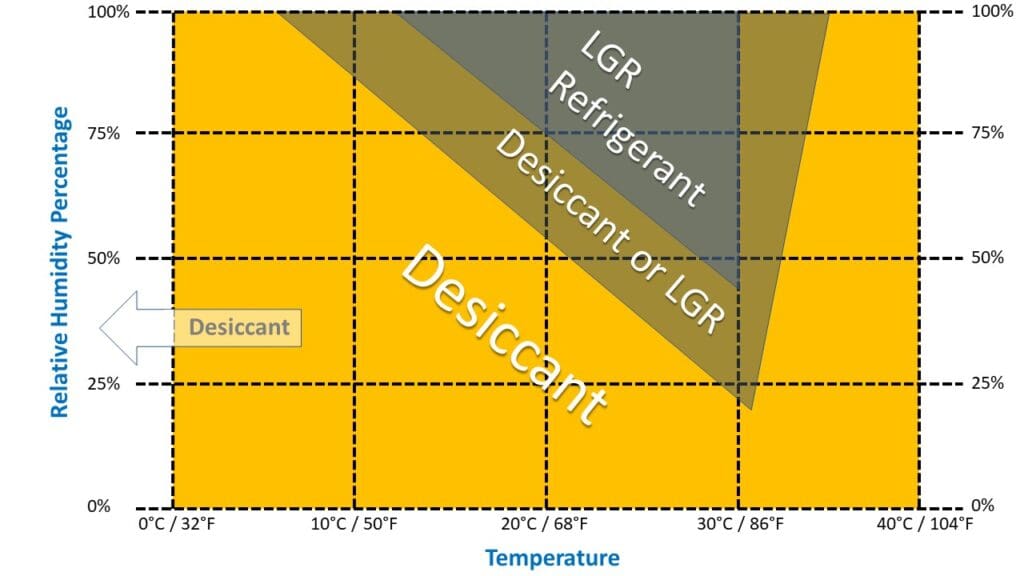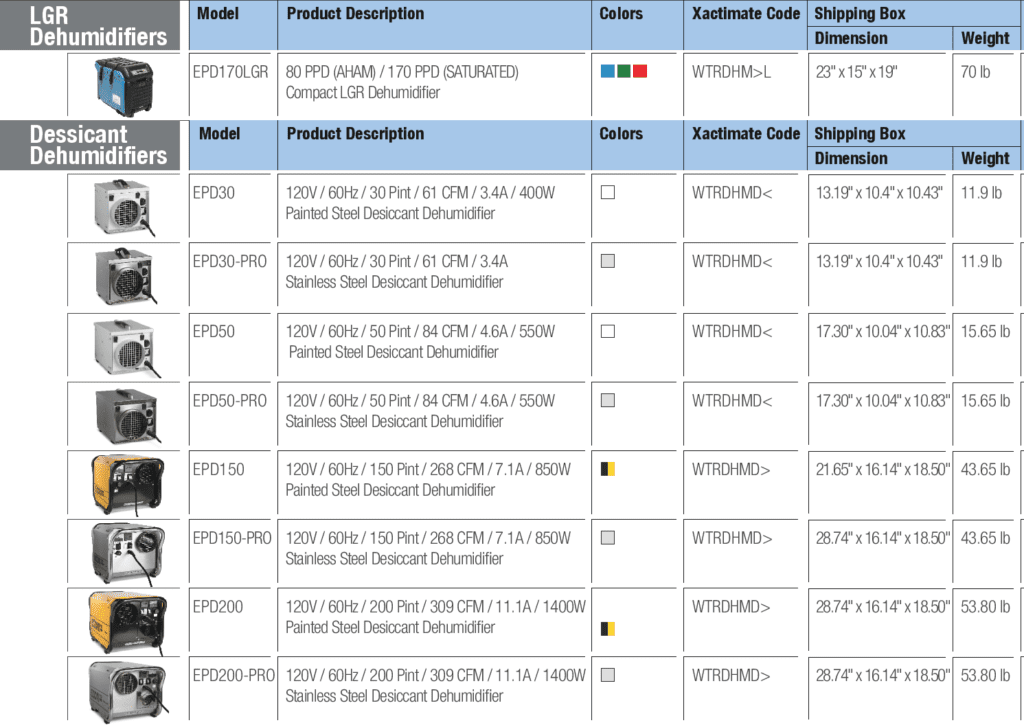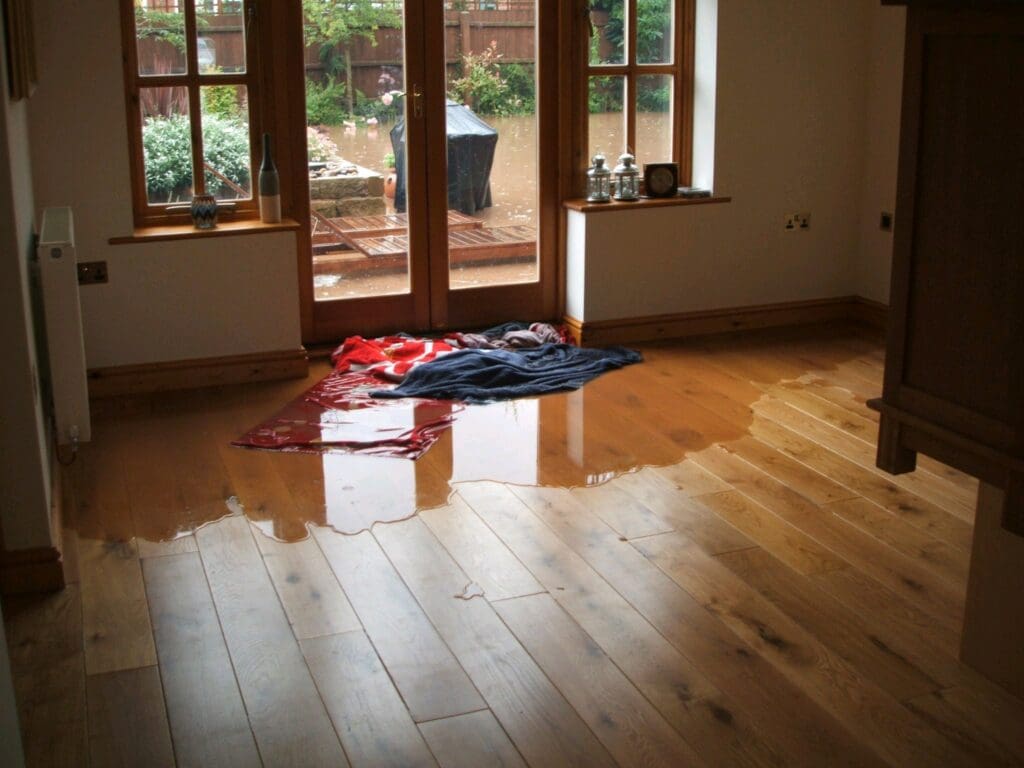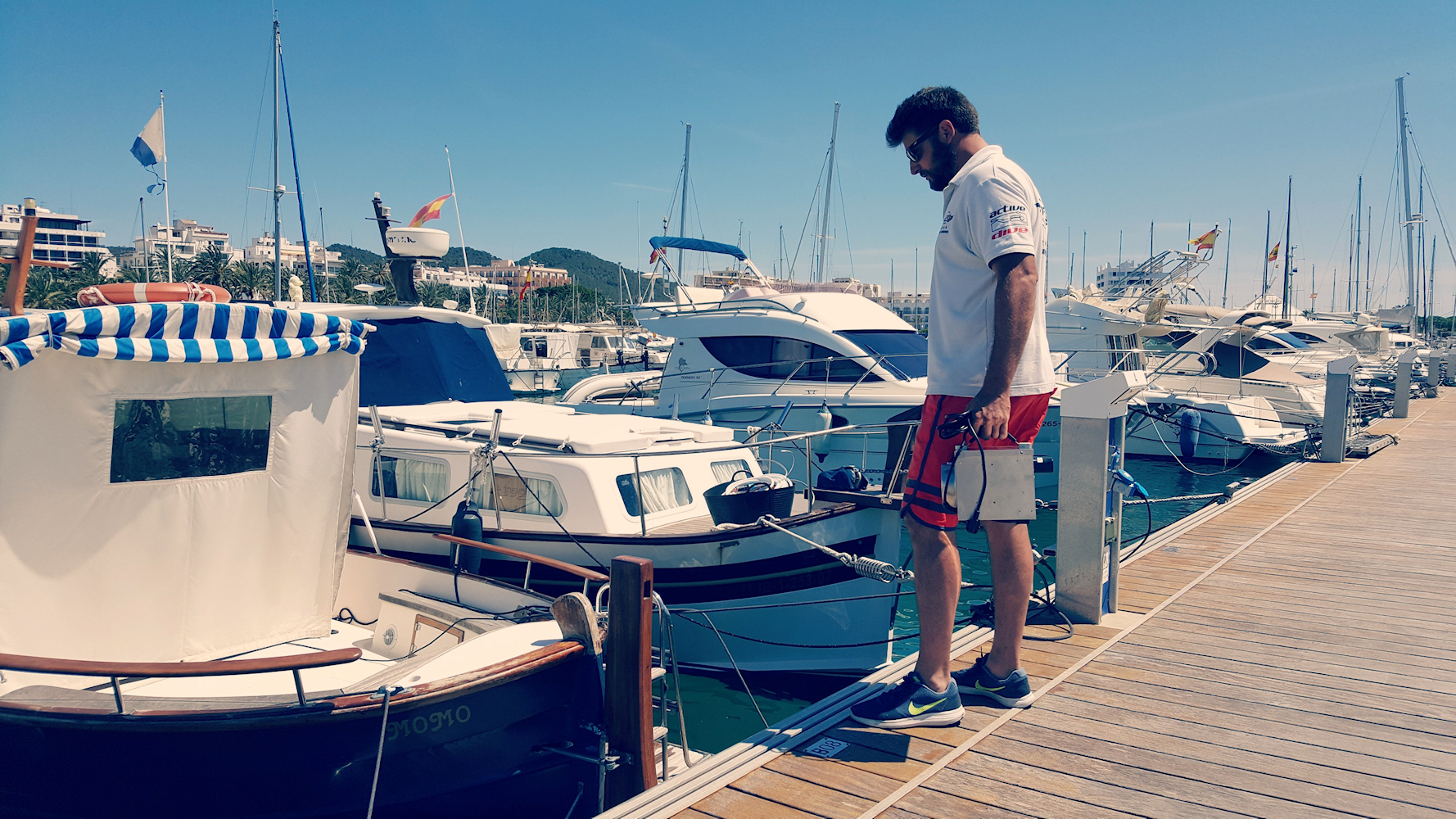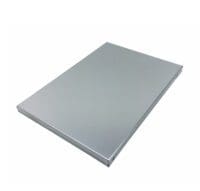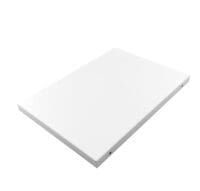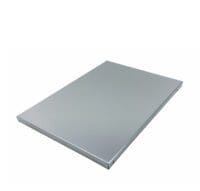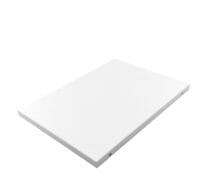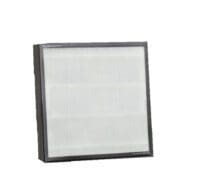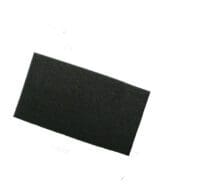Boot-Luftentfeuchter EU-Modelle
WiFi
EU-Trockenmittel-Luftentfeuchter
EPD150-MAX WiFi DryFan Desiccant Dehumidifier for Home and Semi-Industrial Drying Applications
WiFi
EU-Trockenmittel-Luftentfeuchter
EPD150-RESTO DryFan WiFi Desiccant Dehumidifier with Control and Data Logging
WiFi
EU-Trockenmittel-Luftentfeuchter
EPD50-MAX DryFan WiFi Desiccant Pro Dehumidifier for Home and Semi-Industrial Drying Applications
Boot-Luftentfeuchter EU-Modelle
EPHUM-I-DRY Luftbefeuchter für die Modelle EPXXX RESTO und EPXXX MAX
Boot-Luftentfeuchter EU-Modelle
EPHUM-I-MAX Wifi-Luftbefeuchter und Temperaturüberwachung für EPXXX RESTO und EPXXX MAX Modelle
Boot-Luftentfeuchter EU-Modelle
EPHUM110E Luftbefeuchter für DH2500, DH3500, DH2511, DH3511, EPD150, EPD200
WiFi
EU-Trockenmittel-Luftentfeuchter
EPD50-RESTO DryFan Trockenmittel-Entfeuchter für Restauratoren Wifi App-fähig
Neu
Trockenmauer und Hohlraumgebläse Turbine
Neu
Trockenmauer und Hohlraumgebläse Turbine
EPMANFC25 Verteilerkit mit Rolltasche und acht Anschlüssen 16mm & 25mm Einsätze
WiFi
Luftentfeuchter für Lagerung und Restaurierung Alle Modelle
EPD330LGR Kältemittel-Entfeuchter mit geringer Körnung und Wasserpumpe
WiFi
Luftentfeuchter für Lagerung und Restaurierung Alle Modelle
EPD100LGR Kältemittel-Entfeuchter mit geringer Körnung und Wasserpumpe
EU-Trockenmittel-Luftentfeuchter
WiFi
Luftentfeuchter für Lagerung und Restaurierung Alle Modelle
EPD170LGR Kältemittel-Entfeuchter mit geringer Körnung und Wasserpumpe
Trockenmauer und Hohlraumgebläse Turbine
Boot-Luftentfeuchter EU-Modelle
EPJ50 Luftentfeuchter-Anschluss 125mm / 5″ Durchmesser auf 3 x 50mm / 2″
USA / CA
Hausluftentfeuchter Modelle EU & USA
USA / CA
Bootsluftentfeuchter EU & USA Modelle
EPD30-PRO DryFan 30 Pt Edelstahl-Trockenmittel-Luftentfeuchter
USA / CA
Hausluftentfeuchter Modelle EU & USA
USA / CA
Bootsluftentfeuchter EU & USA Modelle
EPD50-PRO DryFan 50 Pt Edelstahl-Trockenmittel-Luftentfeuchter
USA / CA
Hausluftentfeuchter Modelle EU & USA
USA / CA
Bootsluftentfeuchter EU & USA Modelle
EPD150-PRO DryFan 150 Pt Edelstahl-Trockenmittel-Luftentfeuchter
USA / CA
Hausluftentfeuchter Modelle EU & USA
USA / CA
Bootsluftentfeuchter EU & USA Modelle
EPD200-PRO DryFan 200 Pt-Edelstahl-Trockenmittel-Luftentfeuchter
Boot-Luftentfeuchter EU-Modelle
FILTERDH Filter Dreierpack für DH25XX, DH35XX, EPD150, EPD200
Boot-Luftentfeuchter EU-Modelle
TOPDF12INOX Obere Abdeckung ohne Griff DH12XX INOX, EPD50-PRO Edelstahl
Boot-Luftentfeuchter EU-Modelle
Boot-Luftentfeuchter EU-Modelle
TOPDF8INOX Obere Abdeckung ohne Griff DH8XX INOX, EPD30-PRO Edelstahl
Boot-Luftentfeuchter EU-Modelle
Boot-Luftentfeuchter EU-Modelle
Hausluftentfeuchter EU
Luftentfeuchter für Lagerung und Restaurierung EU
Why use a dehumidifier for storing items or dry floods?
Condensation, dampness and mould damage items everywhere. Mould thrives in dark damp spaces away from direct UK light. If we store metal it will rust if the humidity level is higher than 50% relative humidity (RH). Obviously, a flooded area unless dried quickly can cause damage to the very fabric of the building as well as the contents it contains.
Depending on the item. Storing items is usually in a controlled environment with humidity level regulated between 50-70%RH
Alternatives of using heat and venting the moisture away is often not possible, economical or preferred for the contents being stored or dried out.
What's the different between a storage dehumidifier and a restoration dehumidifier?
Any dehumidifier will dry an environment. The smallest dehumidifier will dry a large warehouse given enough time and ensuring the air does not change. There are however other issues are to consider;
1, Will the dehumidifier have to be moved from location to location?
Obviously, if that is the case portability is key and the dehumidifier's ability not to be damaged during transport. Size and weight become key considerations.
For a fixed installation a larger capacity dehumidifier can generally be used and that usually has a greater air flow. Larger capacity dehumidifiers can maintain the humidity of a larger space. No building is air-tight so the simple consideration is.
— What is the volume of the room and therefore how much air is in the room?
That air need to reach the dehumidifier. A good air flow is needed for larger volumes to “mix” the air if you will and avoid areas relatively damp and relatively dry. Ducting can be used to not only keep a dehumidifier out of sight if required but also help improve air circulation.
— How often is the air in that building being dried changed?
If we dry all in a room and then let outside air in, then all the air in the building becomes the same humidity as the air that came in. No building is air tight. The table in the “Compare Models” gives an indication. Even the most modern homes with balanced air flow have an air change of 0.6 times per hour and have to use dehumidification like the Ecor Pro LD800 model.
Therefore, any dehumidifier will need to cope with the amount of air refresh rates as well as the items in the storage space needed to keep dry. Of course once the humidity of items in the storage space has been achieved then it is a case of maintaining that humidity level.
2, What is the average ambient temperature the dehumidifier will need to work at?
Please understand the extraction curves of both refrigerant and desiccant dehumidifiers. In general performance above 68 °F (ca. 20 °C) would favor a refrigerated warehouse dehumidifier but the conditions inside side a warehouse are dependents on air temperature rather than solar gain. Inside a warehouse and other indoor spaces the temperature can actually be much “cooler” than we expect without the benefit of solar gain. If that is the case then desiccant units would probably work better.
3, What level of humidity is trying to be maintained in what timeframe?
It may take more than one unit to do the gob. Having several dehumidifiers rather than one large unit has two key advantages. Firstly, it builds reliability into the drying system. If one unit fails for whatever reason then the other units may still be able to cope until the repair is made. Secondly, distribution of dry air is key. An even distribution of air is key to ensure there is even humidity.
Indoor Water Damage & Restoration Dehumidifiers
Flooding is defined as when a normally dry area is inundated with flowing water. Although flooding may be more common in certain areas near water, it can occur in all areas. While natural events are what’s commonly thought of for flooding, you may also experience flood damage from factors around your home. For instance, appliances inside your home may be problematic. If a dishwasher malfunctions or a washing machine overflows, there is going to be water damage and you should contact a water damage restoration company. Plus, there is a risk of plumbing problems, such as a pipe bursting or a water heater flooding.
In these instances professional restoration companies and indeed more so homeowners themselves take restoration units. High capacity driers for the size of the unit that can be used on normal power circuits. Indeed, in some instances the normal power or heating may not be able to be switched on as normal. Low temperature desiccants usually prove better for efficiency in drying in flood conditions.
Considerations for the Home Owner During Floods
In a flooded home, the homeowner wants their home returned to them as fast as possible. It may not always be possible for the homeowner to leave the property to a hotel or other. In that instant Ecor Pro desiccant units come into their own. A refrigerant dehumidifier has a low compressor tone that can not be avoided. This tone may be annoying to anyone in the vicinity. The Ecor Pro desiccants only have the sound of the fan which most find more acceptable.
